Was the Late Heavy Bombardment a Violent Stage in Earth’s History?
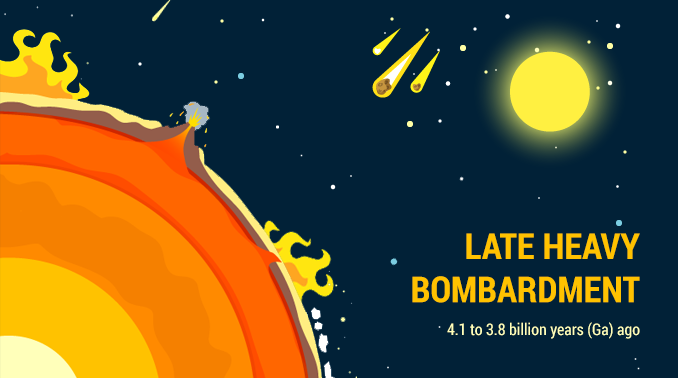
DEFINITION:
The Late Heavy Bombardment (LHB) was a period about 4.1 to 3.8 billion years ago when the inner planets of the solar system (including Earth, the Moon, and Mars) were heavily bombarded by asteroids and comets.
Late Heavy Bombardment
Space debris pelted Earth in the late heavy bombardment stage (LHB) about 4 billion years ago in the Hadean Eon.
To say the least, it was a violent stage in Earth’s geologic history. Asteroids, comets, and space debris pelted our young planet Earth.
Despite the harsh conditions, scientists believe the late heavy bombardment was responsible for supplying the Earth with water.
Also, these impacts may have given the boost it needed for the origin of life to start on Earth.
What is the evidence of the late heavy bombardment stage?
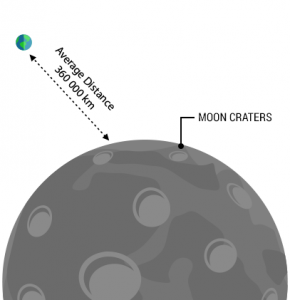
You won’t find evidence of the impacts left behind from the late heavy bombardment stage on Earth.
This is because Earth recycles rocks through plate tectonics. In addition, it has undergone significant weathering and volcanism in this time span.
So this means these processes have erased any evidence of the late heavy bombardment here on Earth.
But we know the heavy bombardment stage in fact did happen because we can observe our solar system.
For example, we can see large craters on the moon which are scars from the late heavy bombardment. We also see impact evidence on other bodies in the solar system like craters on planet Mercury.
How did the late heavy bombardment supply water to Earth?
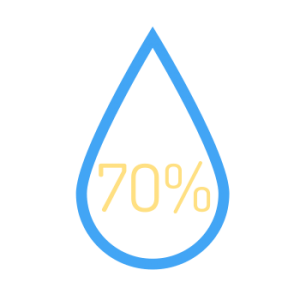
The Earth was a violent place in its early stages of formation. Not only was Earth being pummeled by space debris, but heat flow was nearly 3 times as high as it is today.
Water may have existed early at this time. But any water would have evaporated quickly into space because of the intense heat.
In order for ice-rich comets to strike Earth and pool into oceans, cooling was a necessary step. Eventually, Earth did cool down due to the moon tilting Earth on its axis and giving it seasons.
When Earth cooled down, water could condense. Instead of water evaporating into space, water had a chance to form oceans. Now, 70% of Earth is covered in water.
This is why scientists suggest that ice-rich comets transported water to Earth during the late heavy bombardment stage.
Was LHB the spark for the building blocks of life?

What was the spark that built the chemical building blocks for life? Scientists believe the late heavy bombardment stage generated the necessary boost for early life to emerge.
Scientists once believed the excessive heat in this eon sterilized Earth’s surface. In other words, microbes could not survive the harsh conditions on Earth at the time.
But the impacts of the late heavy bombardment could have created subsurface and underwater environments. Within these hydrothermal vent habitats, any existing microbial life on Earth could have found refuge.
Scientists are trying to recreate these conditions and collisions that took place to reconstruct the origin of life. For example, the last universal common ancestor (LUCA) is the common ancestor of us all with the most universal genes in all life.
This is because these first chains of DNA were the necessary building blocks for more complex life to form on Earth.
An overview of the late heavy bombardment stage (LHB)

About 4 billion years ago, asteroids, comets, and space debris pelted our young planet Earth. It was a catastrophic period for early Earth when Earth was still in its early stages of formation. We have observed these impacts all around the solar system including our moon.
Scientists believe the late heavy bombardment stage supplied water to Earth. In addition, these impacts were the spark needed to generate early life on Earth.
If you have questions or need anything, please fill out the form below and let us know what you have to say.

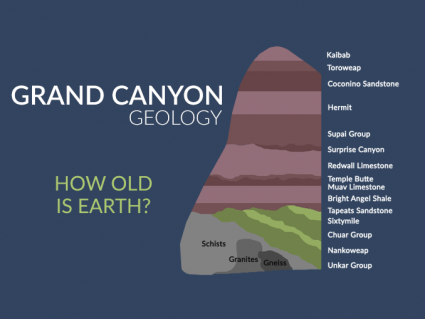
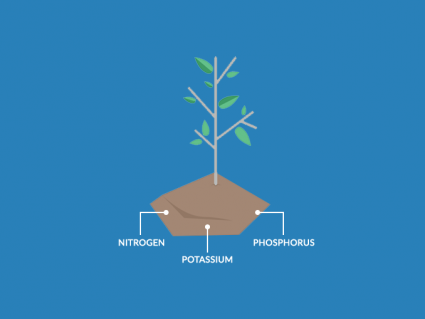
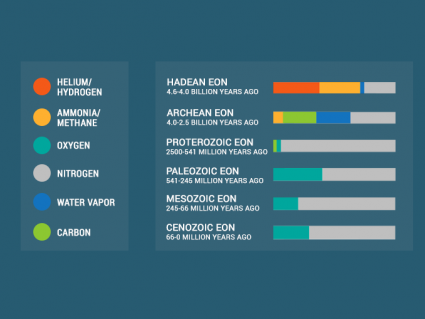
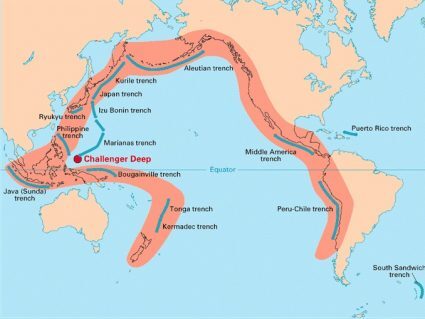
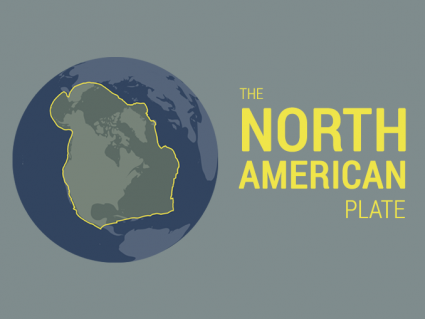
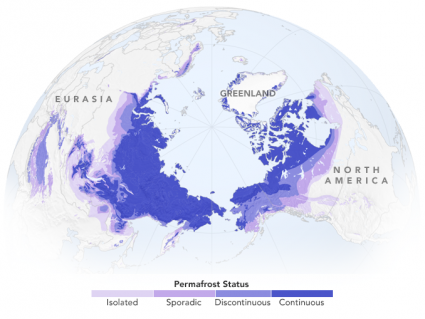


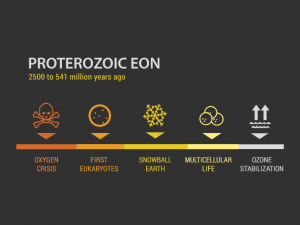
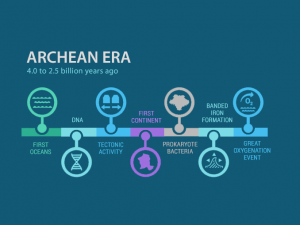
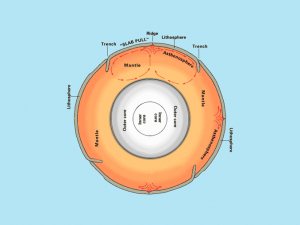

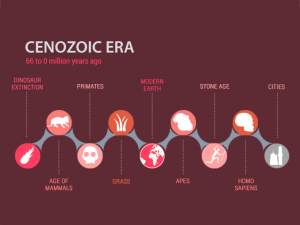
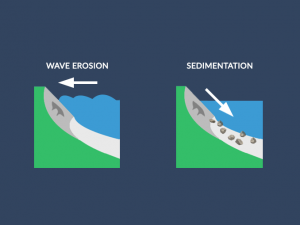
Great summary of the LHB! I’m trying to track down the relative cratering flux among the terrestrial planets (i.e. I assume Mercury had higher impact rates being so close to the Sun, and with its eccentric orbit?). Can you help me? Thanks much.
Without Victor Saranof 1917-1999 Moscow and his studies and book of 1968 that described the formation of planets from protoplanetary discs, little or none of this field would have been realized. I am surprised at the lack of acknowledgment respecting his contribution, and the volume of studies that have flowed from it.